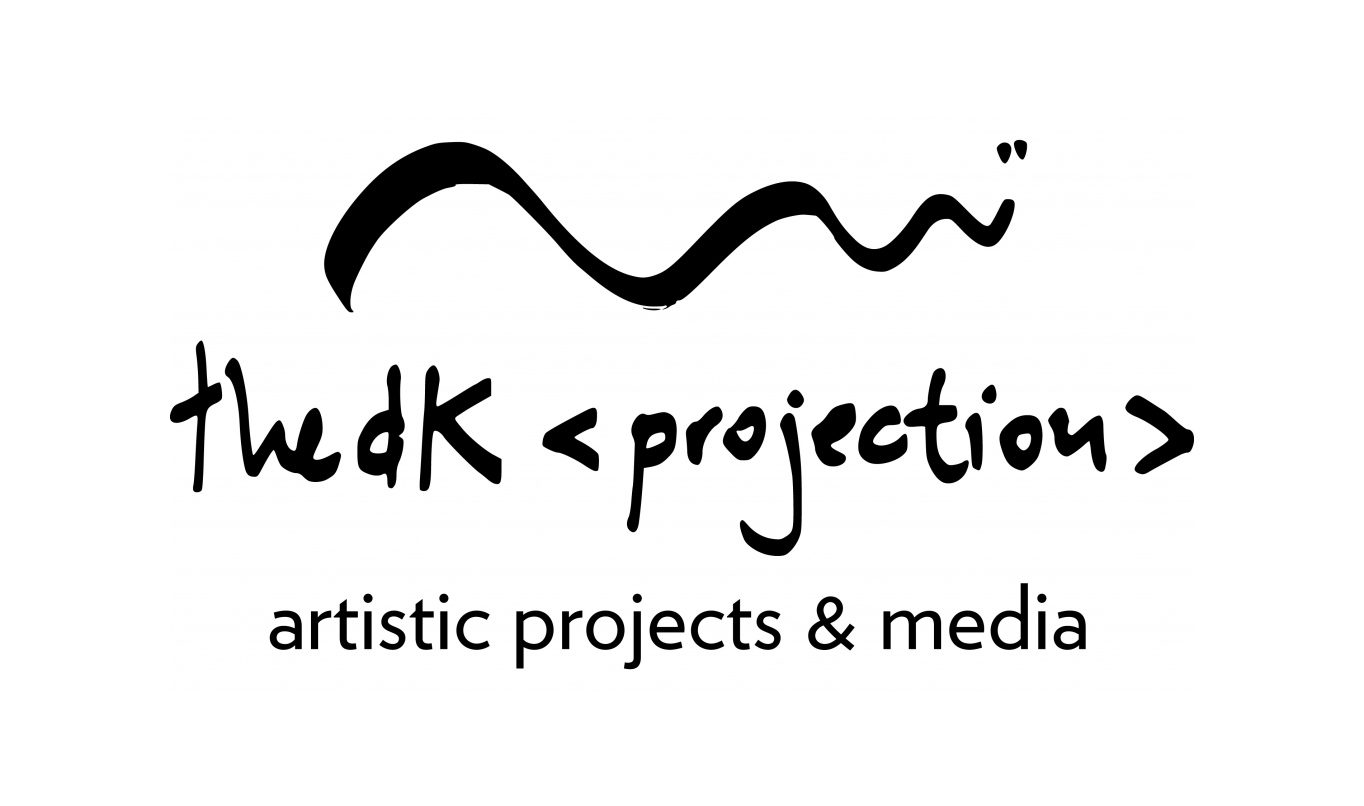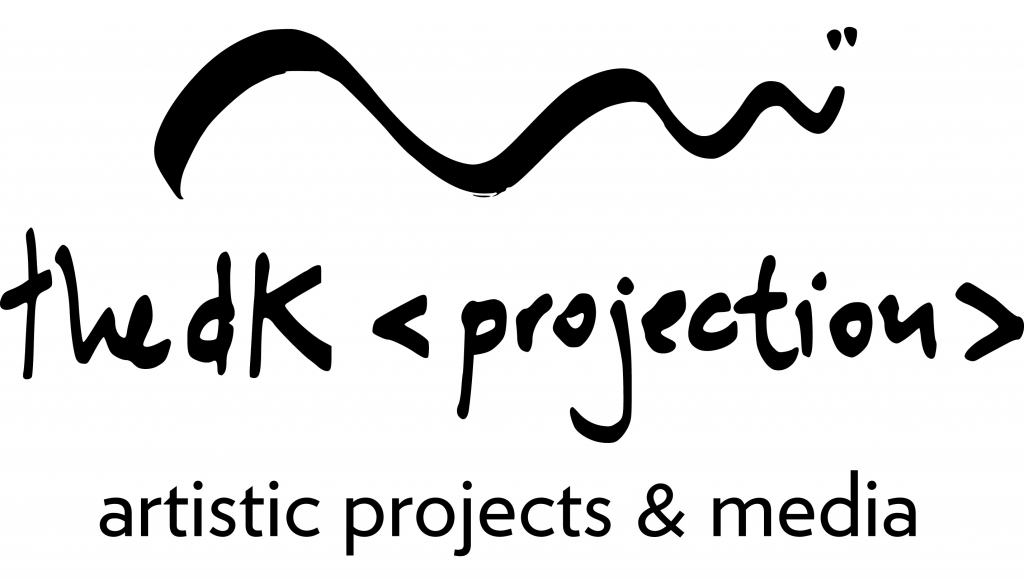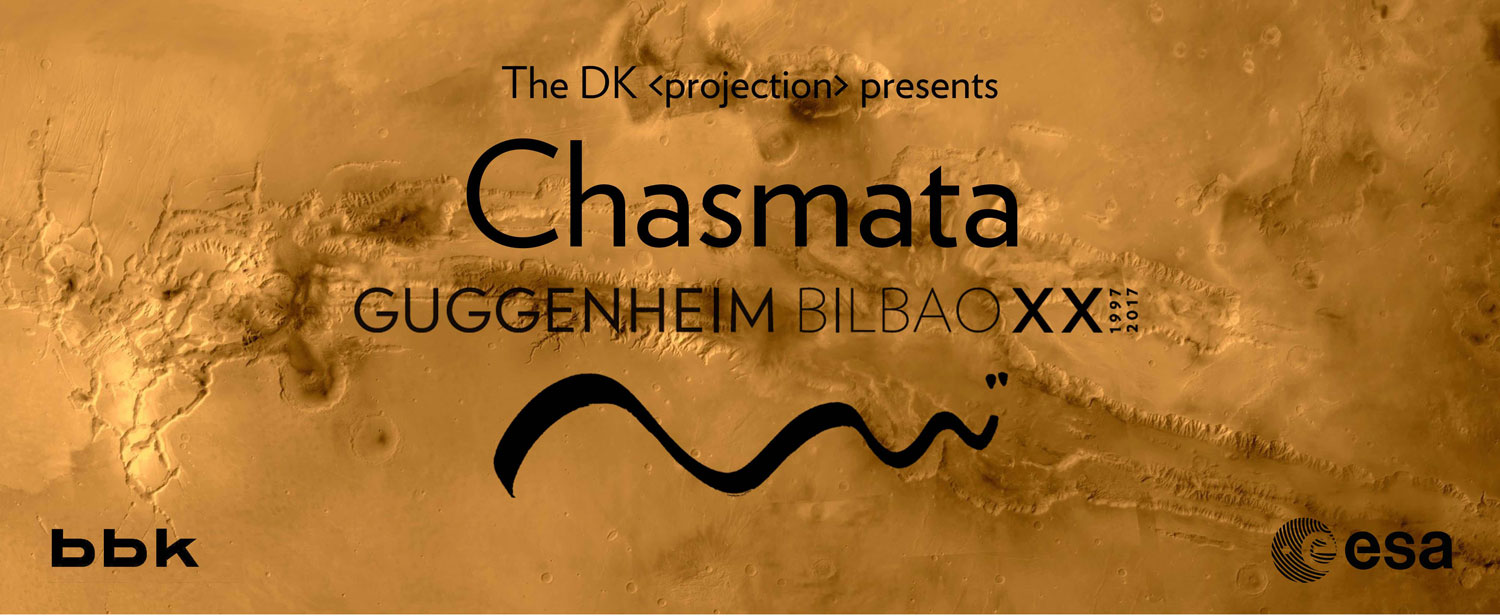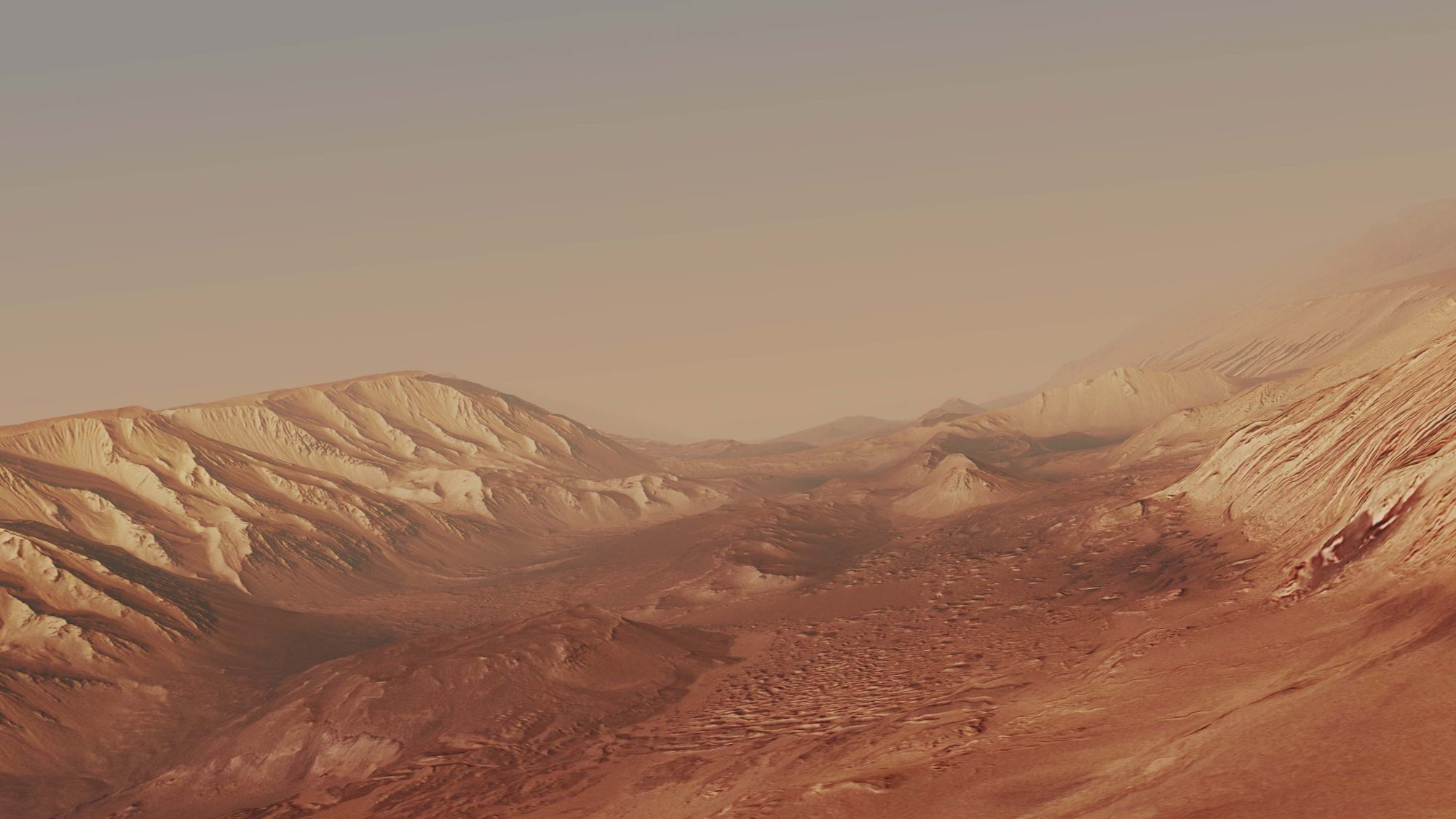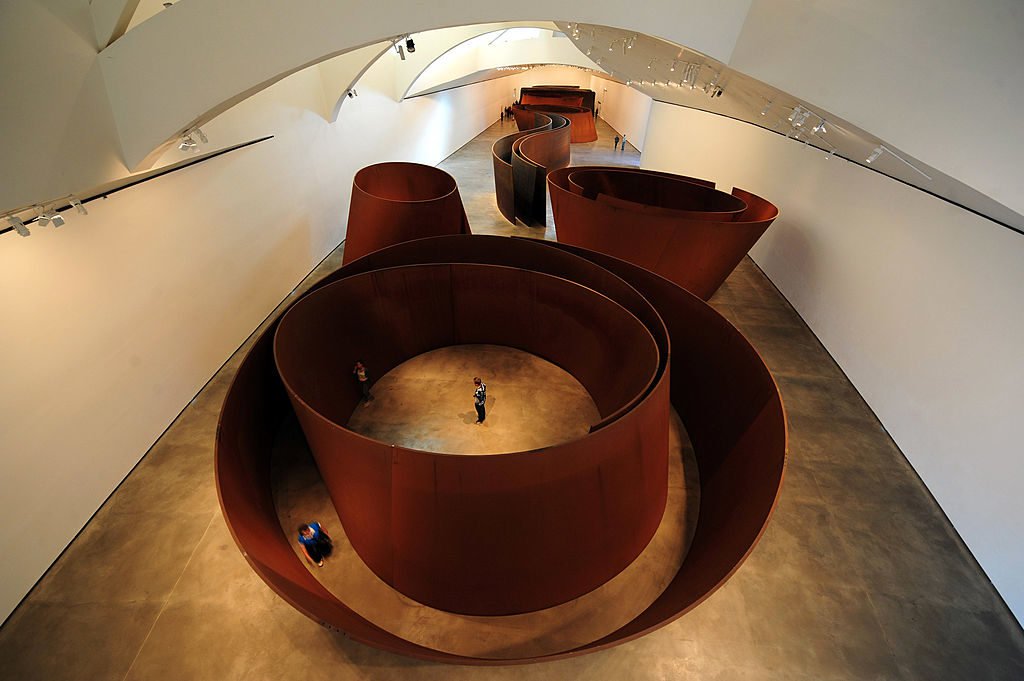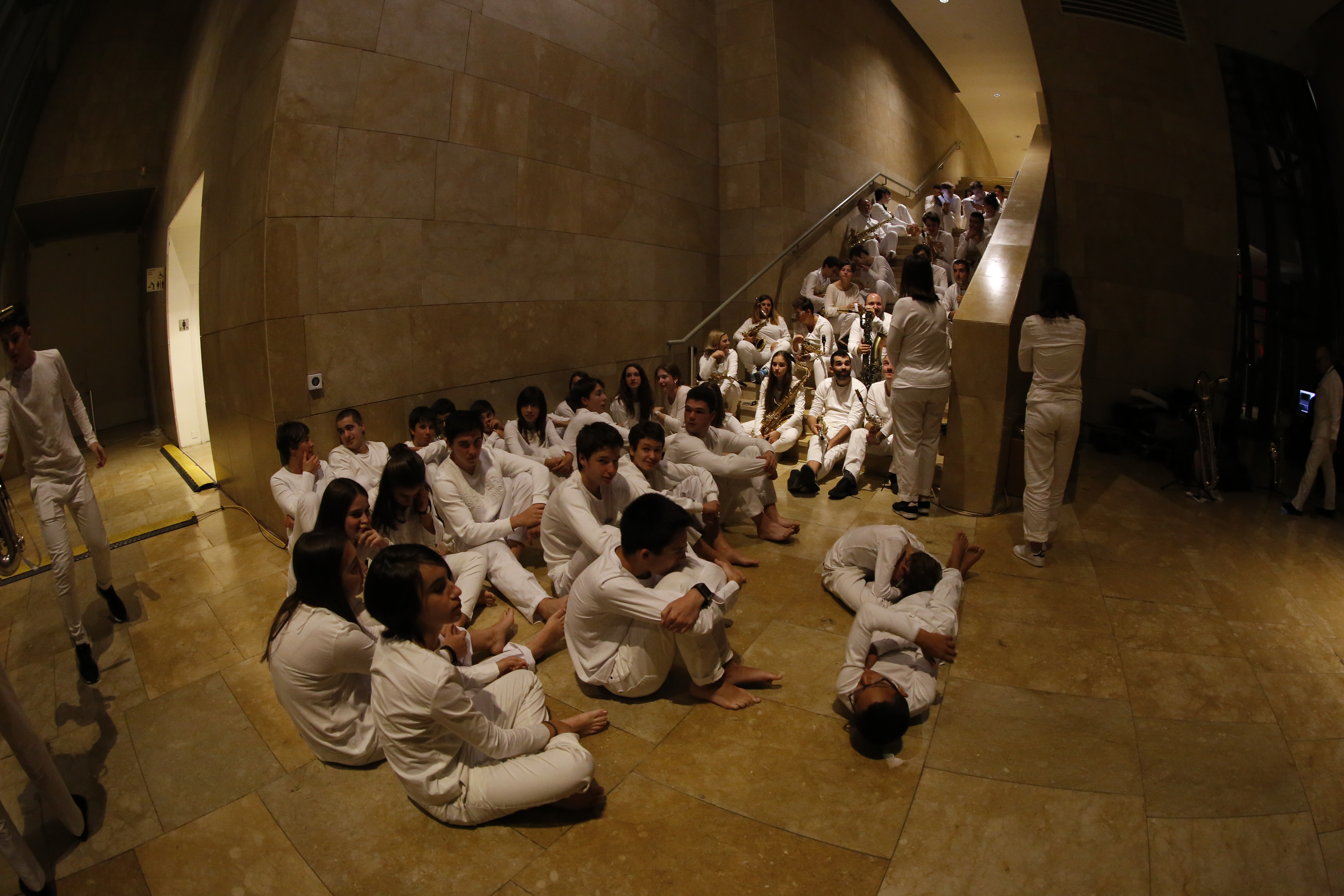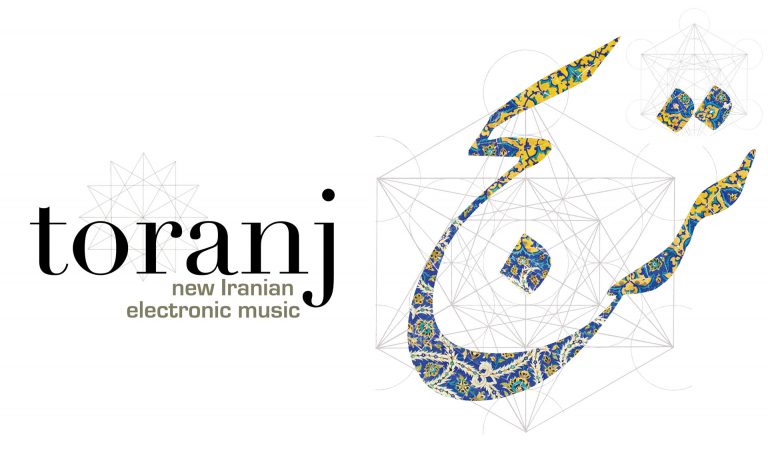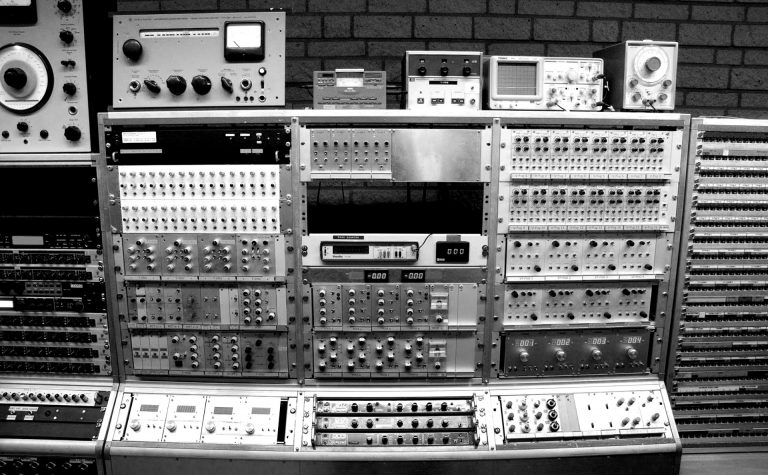Chasmata
Guggenheim Museum Bilbao – XX Anniversary Closing Events
Chasmata is a 21st-century total artistic experience (Gesamtkunstwerk) designed by The DK <projection> in collaboration with the European Space Agency (ESA) and BBK to mark the 20th Anniversary of the Guggenheim Museum Bilbao in 2017. The project is a slow-cooked stew of various disciplines (astrogeology, architecture, instrumental music, sound art, electronic music, visual art and sculpture) that revolves around saxophone culture and new technology. The idea is to create one plait by intertwining the strands of two great narrative threads, both inexhaustible sources of inspiration: astrogeology and the architecture of Frank Gehry.
The European Space Agency (ESA) is the artistic and scientific marrow that nourishes Chasmata. Through art, the project aims to connect the public with ESA, the European continent’s gateway to outer space, against the singular backdrop of the Guggenheim Museum Bilbao’s 20th Anniversary celebration. The agency establishes a zone of cross-disciplinary cooperation, providing a group of artists with scientific material (theoretical frameworks, data, images, etc.) gleaned from recent studies about planet Mars, creating a space of reflection and planting the seed for a groundbreaking project in this field, blazing an unexplored trail across the territory between art and science.
Chasmata is an organic spectacle that will allow visitors to rediscover the Guggenheim Museum Bilbao from a fresh new perspective of Frank Gehry’s Atrium. The concert closes with the most ambitious piece in the series, Valles Marineris, played by around 120 saxophones distributed among the balconies overlooking the Atrium and accompanied by a 17-channel site-specific created ambisonic speaker system installation (Ziggurat) and high-definition unpublished images from Mars.
Chasmata proposes a perfect symbiosis of music and Frank Gehry’s architectural spaces with the aim of creating a series of site-specific pieces. A technical and artistic team visited the locations in advance in order to gather geometrical, acoustic, sensory, and poetic information on the building that was later be used to compose the pieces and determine their presentation strategy. All of this was subsequently put together with the scientific data to achieve an integrated artistic expression.
Serraphonie takes as an element of sound production the sculpture installation The Matter of Time by artist Richard Serra. An effective organization of the bass saxophones, along with a series of amplifiers strategically placed among the sculptures, manage to capture the acoustic soul of each one by recording them, making the sculptures the true instruments of the piece.
The cycle conformed by the three pieces Juventae Chasma, Ius Chasma and Candor Chasma is based on data from different instruments from Mars Express European Space Agency’s Orbiter. It merges video created from the HRSC orographic surveys with the sonification of spectrographic data from Mars’ atmosphere (SPICAM) and ionosphere (MARSIS). It establishes a synesthetic creation in which instrumental music, electronics, and visuals play an equally important part. The resulting images are shown in pictorial quality, like enormous more than 25-meter high canvases, rendered more impressive by the fact that they are images in motion.
The different sections of the concert are connected by a markedly sound strategy. With their cell phones, members of the audience create a kind of dynamic electronic massive chant, producing an interconnected sound and a visual structure connection between each multiple locations where the piece is being played around: the Guggenheim Museum Bilbao’s Atrium. This is achieved using an app designed specifically for that purpose. callingHiggs is a piece for cell phones accompanied by electronic elements and video projections. This piece is played by a large audience standing still in the Atrium. callingHiggs is the first piece of acousmatic music of its kind in the world -which had its premiere in 2013- revised especially for the Museum’s Anniversary.
After all that, a video connexion with the International Space Station allowed the audience to hear its crew wishing the Museum a happy 20th Anniversary. The audiovisual material compiled during the video link with space will be used to create part of the last concert piece, Valles Marineris. The title refers to the largest canyon system on Mars. Therefore, the piece will also be the largest in terms of instrumentation and duration, with the members of the 100-saxophone orchestra distributed on every level of the Atrium.
Chasmata official photo album Flickr
Further information
Guggenheim Museum Bilbao website of the project:
https://www.guggenheim-bilbao.eus/actividades/chasmata/
Chasmata’s program notes:
https://www.thedkprojection.com/downloads/EN_CHASMATA_PROGRAM.pdf
Links to the callingHiggs app.
Android version:
https://play.google.com/store/apps/details?id=com.appacoustic.android.syncmobile&hl=es
iOS version:
https://itunes.apple.com/es/app/callinghiggs/id1275806486?mt=8
• Sigma Project Quartet
• Het Nederlands Saxofoon Octet
• Íñigo Ibaibarriaga – Laboratorio KLEM | saxophone soloist
• Chasmata Orchestra | 100-saxophone orchestra
• Casper Schipper | 17-channel ambisonic speaker system (Ziggurat)
• Alba G. Corral | video creation
• Matildan Hofman | first conductor
• Maite Aurrekoetxea | second conductor
• Juan Antonio Ros | sound engineer
• César G. Linares | lighting
• Planet Devices | app callingHiggs programming
• Láser AV | video projection system
• José López-Montes | composition, video creation and big data processing
• Ángel Arranz | composition, electronics and artistic direction
